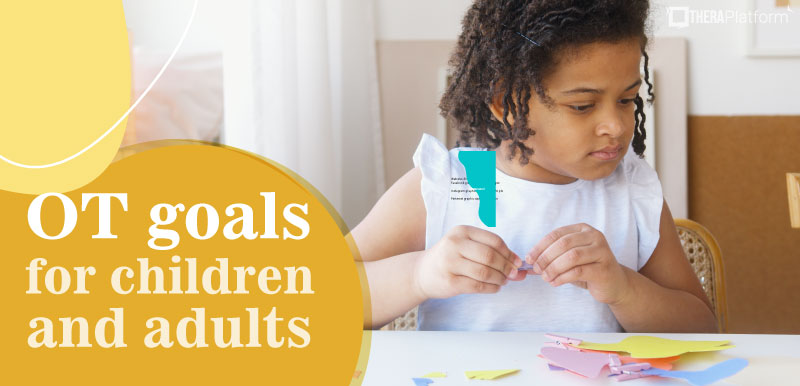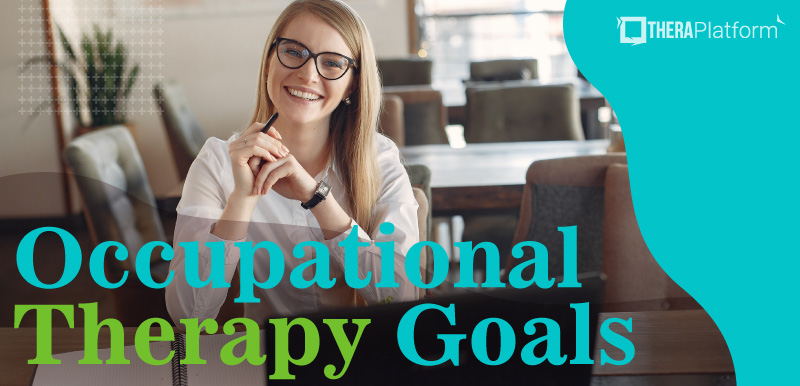Katz index

The Katz Index of Independence is a tool that assesses the ability of an individual to perform Activities of Daily Living (ADLs). Created by Dr. Sidney Katz in the 1950s, the index includes 6 areas of ADL tasks including bathing, dressing, toileting, transfers, continence, and feeding.
By assessing and evaluating an individual’s ability to perform a range of these ADLs, healthcare professionals gain a better insight into the functional status, health, and the overall well-being of the aging population in rehabilitation and with chronic illnesses. The Katz Index has since become a standardized and widely utilized tool in the assessment, monitoring, care planning, and treatment of the aging population.
Activities for Daily Living
The Katz Index focuses on 6 primary areas of activity of daily living which include the following:
- Bathing: To be able to get in and out of the bath/shower and to wash & rinse self
- Dressing: The ability to independently pick out articles of clothing and put on and take off
- Toileting: The ability to manage articles of clothing such as pull-off pants, and to manage hygiene
- Transfers: The ability to move from sitting to standing, move in and out of bed, chair/sitting furniture
- Continence: Bowel and bladder function
- Feeding: The ability to bring food from plate/bowl to mouth, feed self, chew, and swallow
Administration and scoring the Katz Index
Administration of the Katz Index involves a series of steps:
1. It is always crucial to introduce yourself and explain the purpose of the Katz Index assessment to the individual as well as get their consent to perform the assessment.
2. The next step would be to explain each task, and then ask questions regarding their ability to perform each task. Questions should be phrased so that the client will answer either yes or no.
For example:
- Are you able to bathe yourself without any assistance?
- Can you dress yourself independently?
- Are you able to go to the toilet independently?
- Are you able to transfer to and from the bed to the chair independently?
- Are you able to feed yourself independently?
3. After asking the yes/no questions, the therapist should observe the client’s ability to perform each of the basic ADL tasks. It is important to document if assistance is required for any or all activity of daily living tasks.
4. Clients are awarded either 0 points (dependent) or 1 point (independent) for each task. Scoring details for each ADL task can be found below.
Bathing
- 1 point: Bathes self independently, or may need assistance with bathing only 1 single area of the body such as back, disabled extremity, or genital area
- 0 points: Requires assistance with bathing more than 1 area of body
Dressing:
- 1 point: Able to get articles of clothing from closets/drawers and able to put on and take off clothing items including fasteners. They may require assistance putting on shoes
- 0 points: Requires assistance with dressing self
Toileting:
- 1 point: Able to complete all aspects of toileting including transferring on/off toilet, clothing management, and hygiene management
- 0 points: Requires assistance with any or all aspects of toileting including transfers, clothing management, and hygiene management
Transfers:
- 1 point: Able to transfer to/from bed/chair without physical assistance, however, can use an assistive device
- 0 points: Requires physical assistance to transfer to/from bed/chair
Continence:
- 1 point: Able to control bowel and bladder
- 0 points: Partial or total incontinence for bowel and bladder
Feeding:
- 1 point: Able to get food from plate/bowl to mouth without assistance. Food preparation can be assisted
- 0 points: Requires assistance to feed self
Total Scores Definition:
- 6=Independent
- 4=Moderate functional impairment
- <2=Severe functional impairment
Implications, documentation and goals
While the Katz Index is not a comprehensive assessment tool, it still serves as a great tool to understand the functional status of an individual in geriatric care. The scores of the Katz Index can provide valuable insights into an individual’s functional abilities and helps guide clinicians to provide client-centered care, plan for their care, monitor progress, collaborate, and provide a clear communication method with other healthcare members.
It is important to remember that proper and detailed documentation is key for monitoring progress and change in an individual’s functional status overtime. In documentation, it is important to identify if the client is independent and requires any assistive device and/or dependent for any given task. If a client is dependent on any given ADL, it is crucial to add in the level of assistance required, so that goals can be established, and progress can be monitored over time.
It is also key to add in the total score, as it provides a quick reference for an individual’s overall level of independence.
The results of the Katz Index serves as a baseline for establishing goals and intervention methods and provides clinicians with a focus area for treatment plans and goals. Some goal areas could be centered around increasing strength, endurance, or mobility to achieve independence to perform ADL tasks such as transfers, toileting, bathing, or dressing.
Setting realistic and achievable goals that the client can meet is critical. Intervention methods may include providing tools such as assistive devices such as walkers, aids, and environmental modifications. Furthermore, results of the Katz Index assessment could warrant other therapies such as physical therapy or speech therapy and the need for care-giver education and training.
Regular monitoring and re-evaluation is key for positive patient outcomes. Overall, by providing detailed documentation that includes the Katz Index scores with specific goals and interventions tied to the scores, healthcare professionals can create and establish a plan of care that is holistic and client-centered.
Start 30-day Free Trial and explore TheraPlatform. HIPAA Compliant Video and Practice Management Software for Therapists.
Future trends
With advancements in technology and healthcare, the integration of technology and ADL assessment and tracking can overall enhance patient-centered care and accessibility in healthcare.
Some potentials for ADL technology include electronic assessment tools, mobile applications, wearable devices, technology in the home, and tele-health platforms. With these advancements, it can lead to a more personalized, holistic, and client-centered approach to improve the overall health outcomes of individuals.
Occupational therapists can use TheraPlatform, an all-in-one EHR, practice management and teletherapy solution, for additional helpful, current resources on a variety of topics related to their practice. Sign up for a 30-day free trial of TheraPlatform today with no credit card required. Cancel anytime.
More resources
- Therapy resources and worksheets
- Therapy private practice courses
- Ultimate teletherapy ebook
- The Ultimate Insurance Billing Guide for Therapists
- The Ultimate Guide to Starting a Private Therapy Practice




